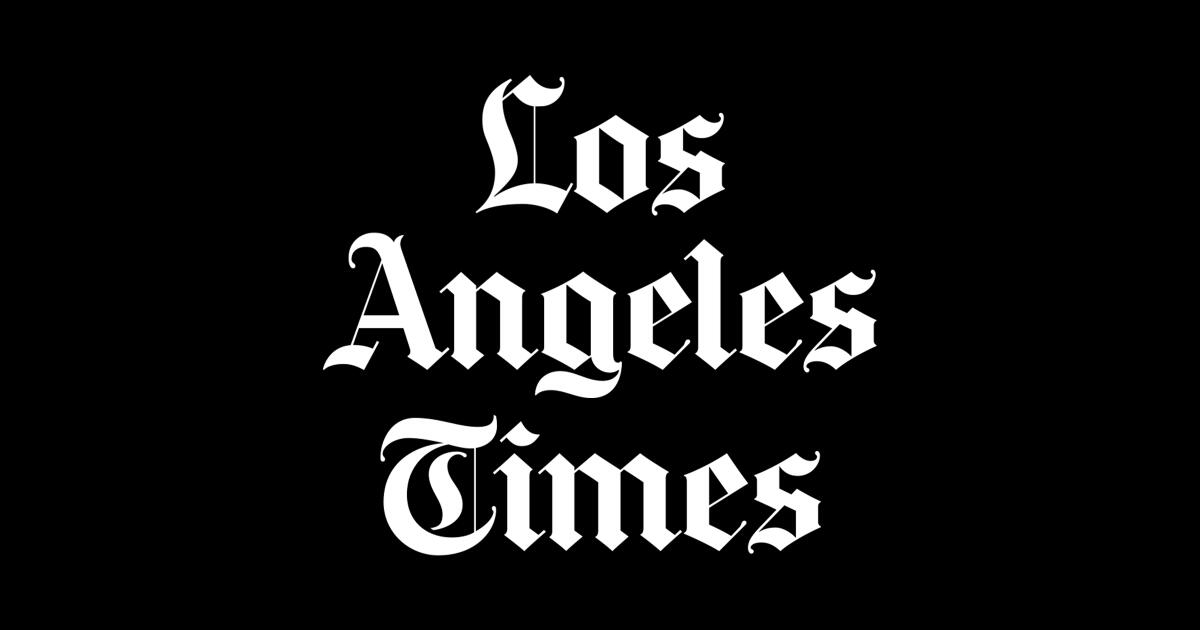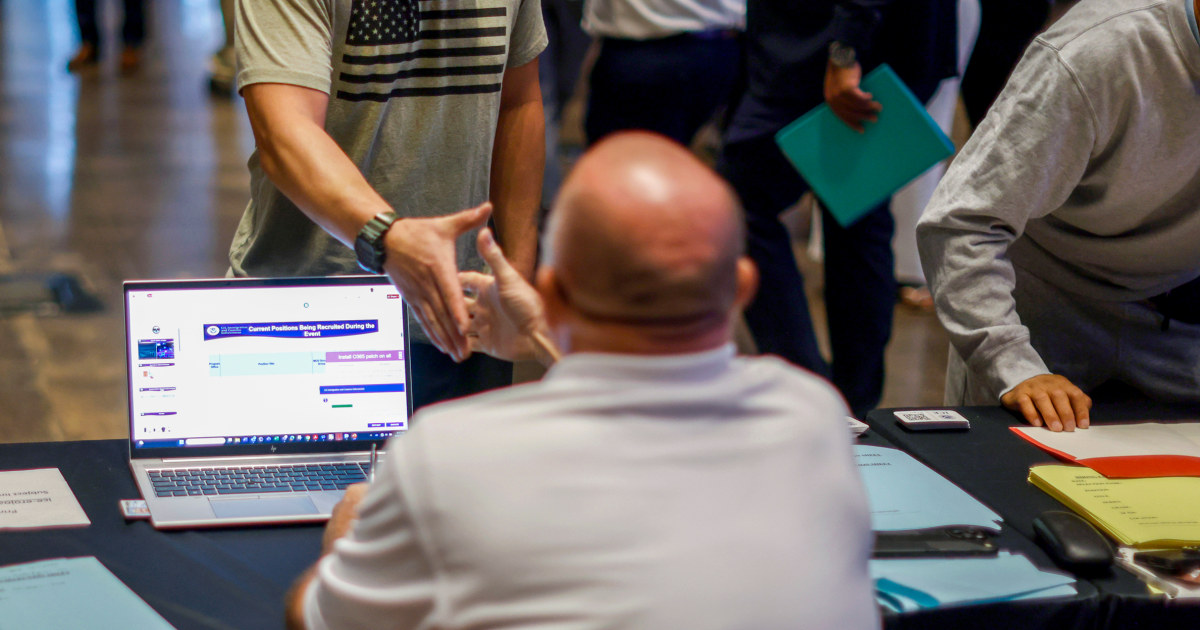
Antonio Villaraigosa (Official campaign photo)
LOS ANGELES — It is a genuine collective amnesia that drives us to see Latino candidates as the only purveyors of justice and liberation for the Latino community during elections. Politics in America is and continues to be plagued by a reliance on myth-making, a need to make the complex simple, and the actual a wonder.
When Antonio Villaraigosa first ran for Mayor in 2001, his campaign focused on him as the Latino candidate. It was a historic opportunity to be the first Latino mayor, but he lost to James Hahn, who won the Black vote by almost 80%. His own chief strategist at the time would admit the isolated strategy is what limited the campaign.
By moving toward a broader coalition in the next mayoral election and shifting the issues to the center, his personal story as the son of Mexican immigrants became part of a larger narrative about overcoming challenges, helping him win in 2005. But running is very different from governing. As he campaigns for governor now, the question is what his impact as mayor really was — and, after losing his first gubernatorial bid in 2018, what’s different this time?
“I agree with those young people who say, don't vote for me just because I'm a Latino,” Villaraigosa tells me near the end of a virtual, and at times honest, conversation earlier this month about his campaign and legacy.
“Vote for me because I know that this election is about affordability and the future,” he notes. “And young people who have gotten a good education or worked hard can't afford to buy a home like they used to without their parents’ help.”
When Villaraigosa’s communications director confirmed my interview with the former mayor, who is now running for governor of California in the 2026 race that currently has a football number of primary candidates, his legacy was something I knew I needed to discuss, along with the broader impact he has had on Latino voters and what it all means for the race in California, where he’s not the only Latino running for the same position.
An Open Race
It’s inside baseball to truly understand the dynamics of the governor’s race, the waiting, and the political undertones. Kamala Harris was once expected to run, a natural move for a national figure to stay visible in a high-profile role opposing President Trump. But she announced early this summer she wouldn’t.
Communities across California are still feeling the combined effects of the first Trump years, the Biden economy, and the pandemic. Between 2017 and 2021, corporate tax cuts and deregulation helped some sectors but deepened inequality. Under Biden, stimulus packages and interest rate hikes shaped the recovery, but inflation hit hard, especially for Latino families. Despite its size and innovation, the state’s economy still leaves many Californians struggling to keep up with the rising cost of living.
Villaraigosa has been on what his campaign calls an “affordability tour,” traveling up and down California from the Mexican border to the Oregon border, listening to communities about “kitchen table issues,” as he said in a recent NBC interview.
Villaraigosa recognizes that his parents and the folks he grew up with could buy a home despite being low-income or middle-class. Now he says average homes start at $900,000.
“People can’t afford rent, they can’t afford groceries, they can't afford to buy gas. And the next governor is gonna have to focus on those working and middle-class families who are struggling every day,” he tells me.
The Policing Past
During his tenure as mayor, Villaraigosa will remind you he added nearly 1,000 new officers to the LAPD — a move he says helped bring down violent crime — but he’s quick to stress that enforcement alone was never the full picture. His approach, he explains, coupled policing with expanded after-school programs, summer youth jobs, and new parks in high-violence neighborhoods.
“Public safety requires an ‘all of the above’ strategy,” Villaraigosa says. “More police, yes, but also more trust, oversight, and opportunities for working-class and Latino communities.”
After the 1965 Watts rebellion, California began to view policing, jails, and prisons as solutions to social problems like poverty, protest, and inequality. That legacy of punishment from both Democratic and Republican state leaders continues to shape present-day debates about crime and reform. Against that backdrop, Villaraigosa now aligns himself with groups like the Anti-Recidivism Coalition.
He supported Proposition 47 in 2014, which sought to roll back prison investments, though a decade later, he backed Proposition 36 — legislation ARC opposed because it believed the initiative would defund prevention and reentry services. Still, Villaraigosa insists, “California should have more vigorous and rigorous rehabilitation programs in our prisons.”
Charter Schools
Villaraigosa’s time as mayor marked a period of rapid charter school expansion in Los Angeles, supported by education reform advocates such as Eli Broad and former mayor Richard Riordan. The city became a testing ground for competing visions of school improvement, with debates over privatization, union power, and accountability that would later echo across the country.
During Villaraigosa’s tenure, graduation rates rose and new models of governance — including charter and partnership schools — took hold. But the pace of change also deepened tensions with teachers’ unions and raised questions about long-term effects on traditional public schools.
When asked about this legacy, Villaraigosa framed his record in terms of outcomes for working-class Latino students.
“One out of three schools was failing when I took office,” he notes. “By the time I left, it was one out of ten.”
He points to improvements at schools in Watts, Boyle Heights, and downtown Los Angeles, where graduation rates climbed above 90 percent.
“I actually have a record second to none,” he continues. “We expanded fivefold the number of high-performing charters. We created hybrid, unionized schools that could innovate more. I support good schools, period.”
The approach Villaraigosa calls “all of the above” — a mix of charter, magnet, hybrid, and traditional schools — remains one of the most debated aspects of his mayoralty. It demonstrated what local innovation could achieve and blurred the line between reform and privatization. Villaraigosa maintains that his focus was simple: expanding opportunity for students who, like him, grew up in East Los Angeles.
Latino California
Forty percent of Californians identify as Latino, yet they hold only 18 percent of executive branch appointments. Latinas, in particular, remain largely absent from high-profile state offices despite their growing numbers. Latino voters now make up roughly a third of the electorate, a bloc that continues to expand and skew younger. For Villaraigosa, that means reaching voters who may not remember his tenure as mayor but will look closely at what his candidacy represents beyond identity.
In a post-City Hall tapes era, after the 2022 leaked recordings between councilmembers Gil Cedillo, Kevin de León, and Nury Martinez, Latino representation has become a defining topic in California politics. The scandal sparked renewed scrutiny of how power, culture, and legacy intersect. It’s why I ask Villaraigosa how he considers his own legacy and what his identity means in this moment, after more than 30 years of running and governing.
An alumnus of the Chicano movement, a former community organizer alongside Mayor Karen Bass, and a leader with a long record in both local and statewide policy, Villaraigosa says voters should focus on his record, not just his roots.
“Because the best way to see what somebody’s gonna do is to look at what they've done. I’m not just a talker,” he says.
Like in his first mayoral bid, Villaraigosa learned lessons on running, messaging, and coalition building after his initial loss and won the next time. The question, after his failed 2018 gubernatorial campaign, is whether his message and strategy are sharper for 2026. Of course, it will be up to the voters, but also to the numbers and the truth about how Latinos see leadership in California now.
Francisco Avilés Pino is a Mexican writer and producer based in Los Angeles, whose work spans journalism, film, and fine art, exploring how power, identity, and culture shape immigrant and Latino/a life in America. Their work has appeared in the Museum of Contemporary Art-LA, HarperCollins, NPR, Vogue, The Nation, and The Intercept.
What We’re Reading
ICE Recruits Not Fully Vetted: From NBC News, “Immigration and Customs Enforcement has placed new recruits into its training program before they have completed the agency’s vetting process, an unusual sequence of events as it rushes to hire federal immigration officers to carry out President Donald Trump’s mass deportation policy, a current and two former Homeland Security Department officials told NBC News.”
This edition of The Latino Newsletter was edited and published by Julio Ricardo Varela.
Consider donating to The Latino Newsletter. Any contribution, no matter how small, helps keep this newsletter free and accessible to all. ¡Gracias mil!




